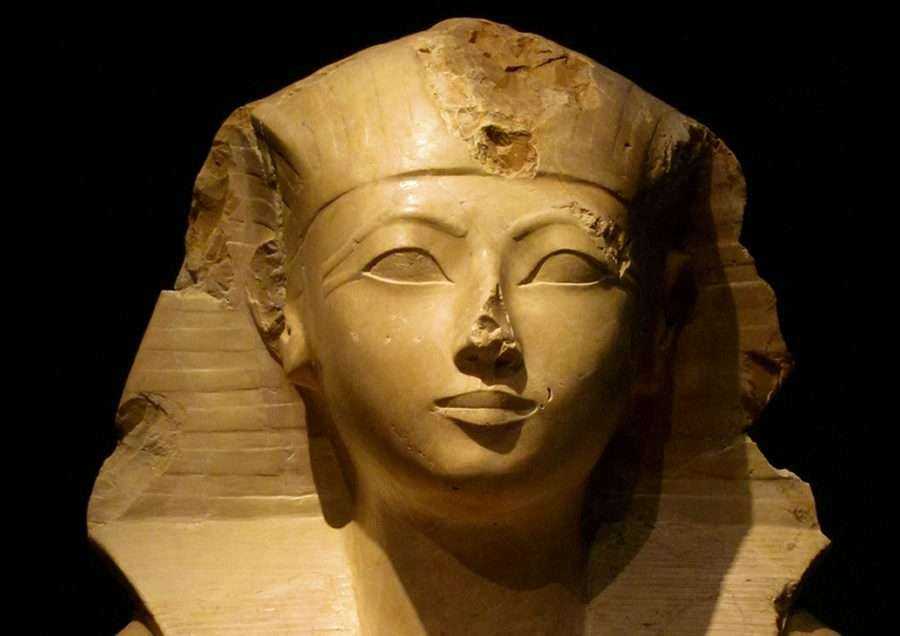BY DAVE RANKIN
Throughout ancient Kemet’s history, most of their pharaohs have come into power through succession. In lament terms, a father dies, and the eldest son takes his royal duties as the next ruler. This is the way it has been for millennia. Our series has countless examples of this. From Menes, the first to unify the nation, to the Mentu-hotep’s of the Middle Kingdom, it was no different. However, our most recent entries into Kemet’s history have shown us that the process of natural selection may not always go as planned. The reliance of tradition is what truly binds a nation. With that being said, let’s begin our look into the life of our next pharaoh and how the tradition of the nation helped him get there.
Born of a minor wife, Mutnefert, Tuthmosis 2nd did not come to throne because of anything special. He was the last-born son of Djehutymes 1st, and baby to four other siblings. In other words, he was last in the pecking order and not of full royal blood. Tuthmosis 2nd would have to wait a very long time to be even considered for the position he was thrown into. To be truthful, the position may have skipped him if it wasn’t for the untimely passing of both of his older brothers, Wadjmose and Amenmose, who died during their father’s reign. Thus when Djehutymes 1st had transitioned into the ancestral realm, a young Tuthmosis 2nd became the 4th pharaoh of the 18th dynasty.
Tradition has told us that the way to the throne is through the woman and to cement this, Tuthmosis 2nd married his older half-sister of full royal blood, the famed Hatshepsut. According to various sources, Tuthmosis 2nd’s reign could have began anywhere between 1493 or 1482 BCE. While some historians attest to approximately thirteen years of rule, others have agreed with four years. The high priest and historian Manetho wrote that Tuthmosis 2nd ruled for thirteen years. This is what I will use for the purpose of this article. The marriage between himself and Hatsheput had produced a daughter, Neferure. Tuthmosis 2nd also had a son named Iset with a lesser wife prior to his passing. Later on this son became known as Tuthmosis 3rd.
Tuthmosis 2nd did not participate in any military campaigns like his predecessor and father; he did encounter battles of his own. Right at the beginning of his reign, the Nubian neighbors had started a rebellion, which was quelled with the quickness. I came across a source that stated that as punishment Tuthmosis 2nd had put “everyone to death, with the exception of a son of a royal” who was taken as a hostage. The second happened in the area of what was called the Levant, present day Middle East, against the Shosu Bedouin. (As a side note, I don’t understand why we still call that area the Middle East when we can’t identify a Middle West). Regardless, both campaigns were successful, but the real battle was at home.
As Tuthmosis 2nd’s health began to fail, he wanted to appoint his son as successor. His wife, Hatshepsut had her own ambitions for the throne, which probably caused a rift between the two. With both Tuthmosis 2nd and her stepson, Iset not having full royal blood as her own. Hatshepsut wanted to keep the bloodlines as pure as possible. And like so many Kemetian queens before her, she became co-regent and ruled beside a very young Tuthmosis 3rd. The details of her historic reign will be reviewed in our next installment. But as for her husband Tuthmosis 2nd, he died in his early thirties having started a few construction projects only to be forgotten by his more famed wife and half sister. Thus was the story of a young man, born a minor wife who became pharaoh by circumstance.

